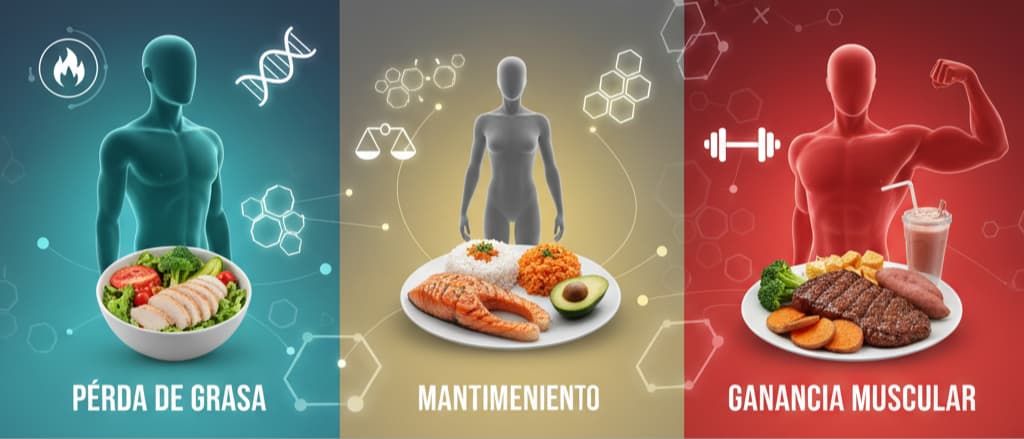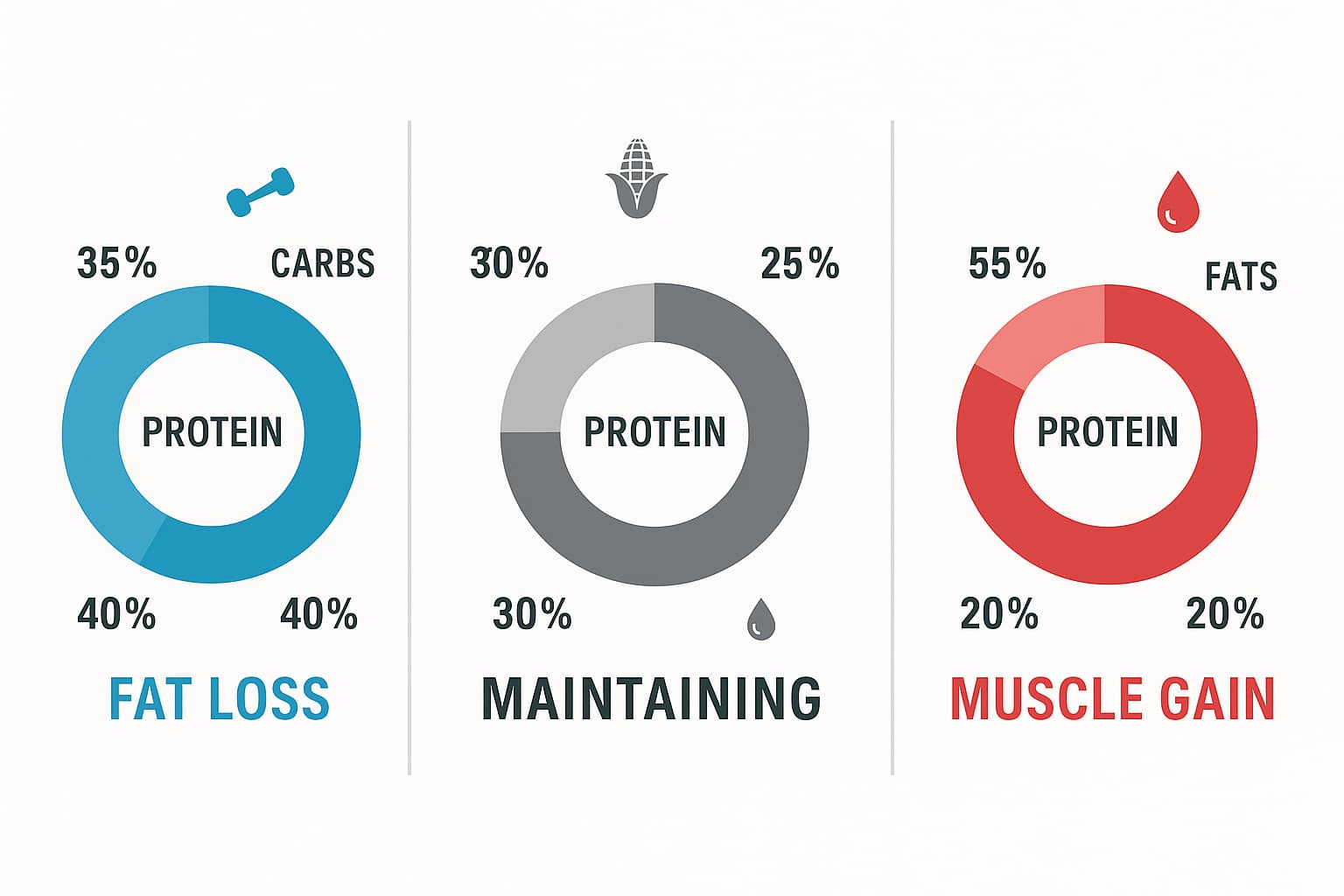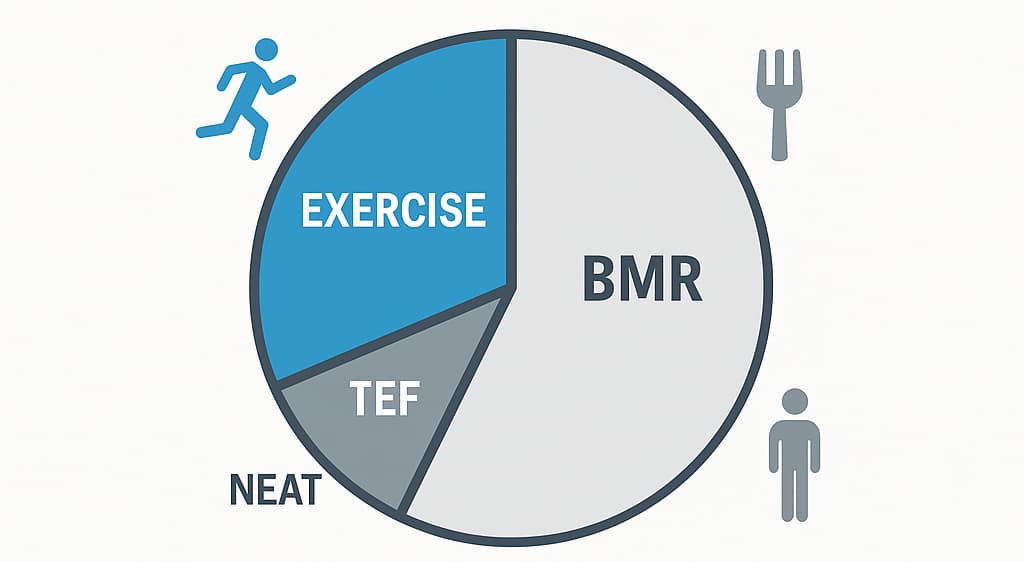Smart nutrition
Macro distribution for real life goals
See how many grams of protein, fat and carbohydrates you need to maintain muscle, support hormones and fuel training.

Why macros matter
Calories tell you how much to eat, macros tell you what to prioritise. Protein preserves lean mass, fats keep hormones in check and carbs feed performance.
Suggested ranges
Protein
1.4 - 2 g/kg
Enough to repair tissue and retain muscle.
Fat
0.8 - 1.2 g/kg
Covers hormones and fat-soluble vitamins.
Carbs
Flexible
Fill the remaining calories based on activity.
Inside the calculator
Enter your body stats, select a goal and provide the calorie target. The tool splits calories into grams so you can translate them into meals.
- Pick the goal: fat loss, maintenance or muscle gain.
- Set your activity level to modulate carbs.
- Note the daily grams and map them to your grocery list.
- Monitor energy and satiety for a week before adjusting.

Frequent pitfalls
- Cutting fats too low and disrupting hormones.
- Falling short on protein and losing strength.
- Relying on fixed percentages regardless of body weight.
- Changing every macro at once without tracking feedback.
Weekly workflow
Plan seven-day menus, batch-cook staples and log a couple of meals to verify you hit the gram targets.
Sources


